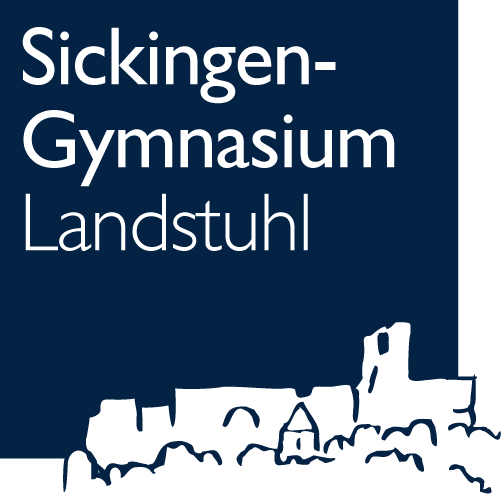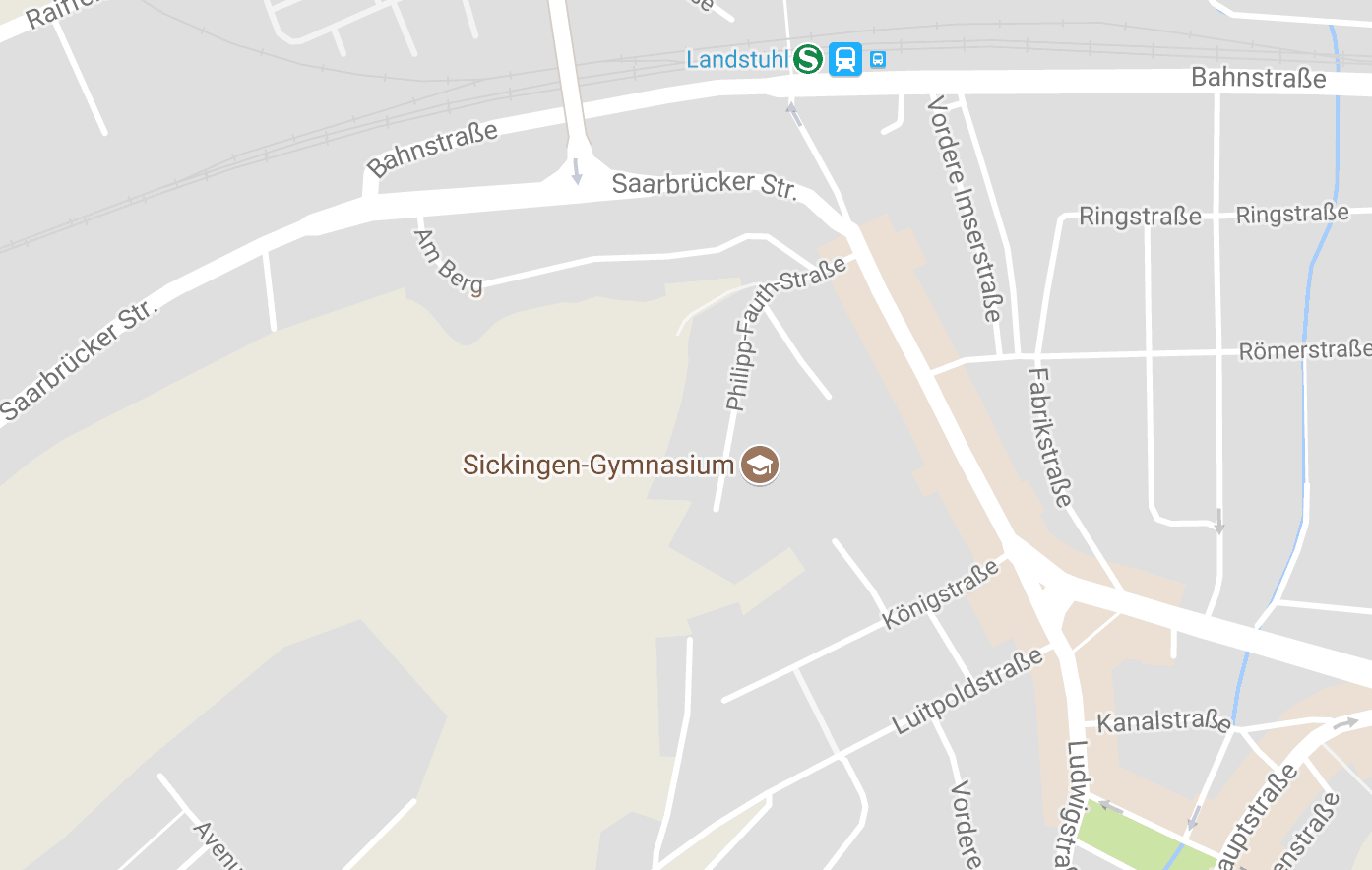Project for Bilingual Classes
Shaking Education – Earthquakes in Europe — 04.09.2020
Project members
Alexander Bertsch
Sickingen-Gymnasium Landstuhl, Landstuhl, Germany
Gordon Neighbour
Torquay Girls' Grammar School, Torquay, United Kingdom
Katrin Woesner
Sickingen-Gymnasium Landstuhl, Landstuhl, Germany
Adressen der Partnerschulen:
England:
Ansprechpartner: Gordon Neighbour
Schulhomepage: https://tggsacademy.org/
Island:
Ansprechpartner: Ólafur Jósefsson, Hallur Hróarsson
Schulhomepage: https://grunnskoli.hveragerdi.is/
About the project
We are setting up an e-twinning project looking at the science and the cultural understanding of one of the most obvious and most intensely studied forms of geological hazard. With our partner we shall look at evidence of past earthquakes, present day earthquakes and hazards and what we are able to tell of the future. This project will work across a number of subjects including Computer Science, Geology, Geography, Science and Languages.
Sharing each country’s experiences about earthquakes – using evidence of earthquakes that have occurred in the past. Present day earthquake hazards and the future and prediction of earthquake hazards.
Aims
Development of skills in the following areas:
- Communications
- IT / Informatics
- Development of Scientific Literacy
- Languages
- Teamwork
Work process
STEP 1: Introduce students + form teams (students from both schools are in each team) - August – October (September 21st – October 26th)
- “icebreaker” activities, emails/ letters, video conference
AUTUMN BREAK
STEP 2: Introduction to plate tectonics/ continental drift - October – December (November 2nd – December 18th) groups become “experts” on different aspects, e.g.
Group A: Convergent plate boundaries
Group B: Divergent plate boundaries
Group C: Transform plate boundaries
students in both countries work independently on their assigned task. Thus, the “experts” can test and deepen their knowledge.
the groups present their topics to their classmates (in their own country) and share their knowledge.
CHRISTMAS BREAK
STEP 3: Transferring our knowledge about plate tectonics onto the situation in our own areas - January – March (January 4th – March 26th)
STEP 4: We write a webpage together
April – July (April 19th – July
Expected results
Achieve a webpage about each country's experience of earthquakes and their impact on culture and science in English language and to provide an exchange space where students can communicate about geohazards with a number of different countries.
Projektphase 1: Vorstellung der Teams
Hello we are the English Team!
We love the subject English and we want to do a little bit more for the school that’s why we are doing this project.
That’s what some members of our project team think about the project:
Chiara: “I would like to take part in the project, because I think it’s great to communicate with a school from another country.”
Alina: “I think, it’s cool, that you can find new friends and I think it’s interesting, how it is in their school.”
Julian: “I am happy, that I can take part in the project, because it is great to work in a team with other students from other countries.”
Sümeyye: “I participate in this project, because I want to improve my English and it’s interesting, to do a project with people from another country and I think, it’s fun.”
Nele: “I like to make new friendships with children out other countries.”
We hope that we can make a great friendship. We are talking to you again soon.
Goodbye





